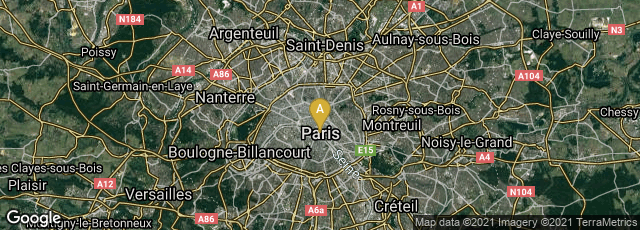

A: Paris, Île-de-France, France
In 1809 French naturalist and biologist Jean-Baptiste Pierre Antoine de Monet, Chevalier de Lamarck published Philosophie zoologique. This 2-volume work was Lamarck's most extensive presentation of his evolutionary theory of species development. The work was divided into three parts, the first two of which contained a more elaborate analysis of the evidence for increasing levels of complexity, and a more detailed discussion of Lamarck's two-factor theory than his original brief exposition of 1801. The third part provided a very detailed extension of these earlier theories: the problem of a physical explanation (as opposed to a philosophical or religious one) for the emergence of the higher mental faculties. Lamarck's explanation linked mind's progressive development to an increasing structural complexity of the nervous system— a necessary and crucial argument for including man among the products of evolutionary processes. For Lamarck, the development of the nervous system was one of the most important events in the evolutionary process, as it was at that point, according to his theory, that animals began to conceive ideas and control their movements, thus enabling them voluntarily to form the habits (such as stretching the neck up to feed on high branches) that would eventually result in the development of new organs.